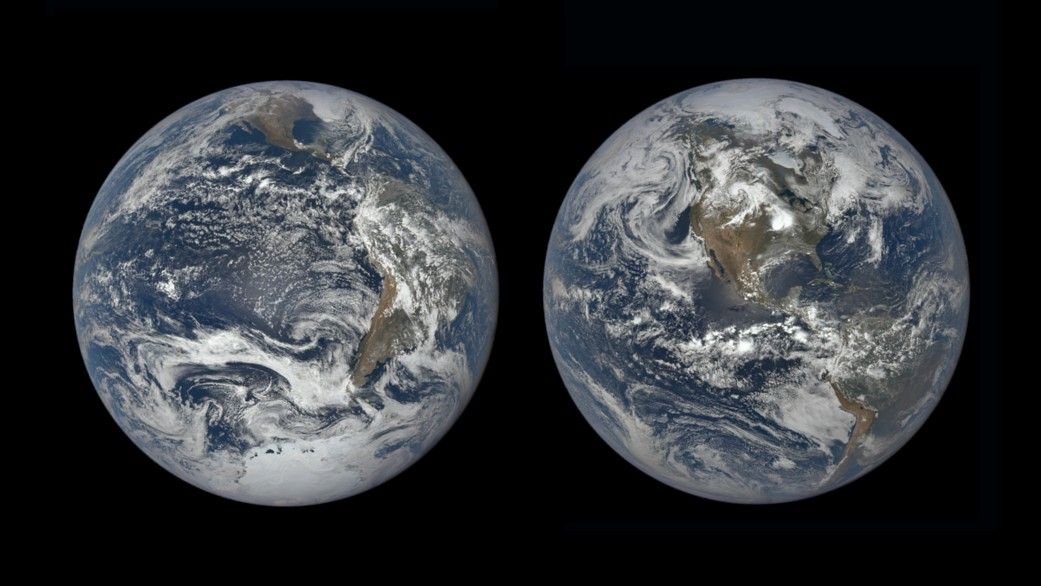If you had an enormous measuring tape that started at Earth’s center and went to our planet’s highest peak, you wouldn’t be looking at Mount Everest. Rather, the tallest mountain would be on the other side of the world: Ecuador’s Chimborazo.
Chimborazo wins in this case because Earth is actually a little squished at the poles, like a person pressing both hands on the top and bottom of a ball. As a result, the equator — where Ecuador sits — juts out. Rather than a perfect sphere, Earth is “oblate,” meaning it’s shaped like a slightly flattened sphere.
In fact, “most planets and moons are not true spheres; they are usually squished in some way or another,” said James Tuttle Keane, a planetary scientist at NASA’s Jet Propulsion Laboratory in Pasadena, California. So why aren’t Earth and other planets and moons perfectly round?
The obstacle is something called the centrifugal force, Keane told Live Science, or the apparent outward force experienced by an object that’s spinning.
Related: Is Mount Everest really the tallest mountain on Earth?
A rotating planet experiences the centrifugal force. You can see it in action, too: If you spin around in a chair or on your feet, you should feel a pull away from your center. Maybe your arms or legs will flail. Or, if you sit on a merry-go-round, “there’s a little bit of extra force acting on you on that merry-go-round, and so you feel tugged off to the side,” Keane said.
Because planets and moons spin, the centrifugal force causes them to bulge at their equators. The effect can be very subtle, but good examples of this are Jupiter and Saturn. If you look at a global image of either gas giant, you’ll notice that they’re slightly squished and their middle bulges. These planets’ squished shape is more noticeable because they are the fastest spinning planets in the solar system, Keane said. The faster something spins, the more the centrifugal force acts on it.
An extreme example of the centrifugal force acting on a body can be seen in the dwarf planet Haumea, which is almost egg-shaped. (Image credit: Illustration credit: Instituto de Astrofísica de Andalucía/NASA)
An extreme example of the centrifugal force acting on a body is the dwarf planet Haumea, Keane said. The dwarf planet resides in the Kuiper Belt, a region of icy objects outside the orbit of Neptune. Haumea is about the size of Pluto, but it’s spinning so fast (one complete rotation every four hours) that it’s “almost egg-shaped,” Keane said.
Originally published on Live Science.
































